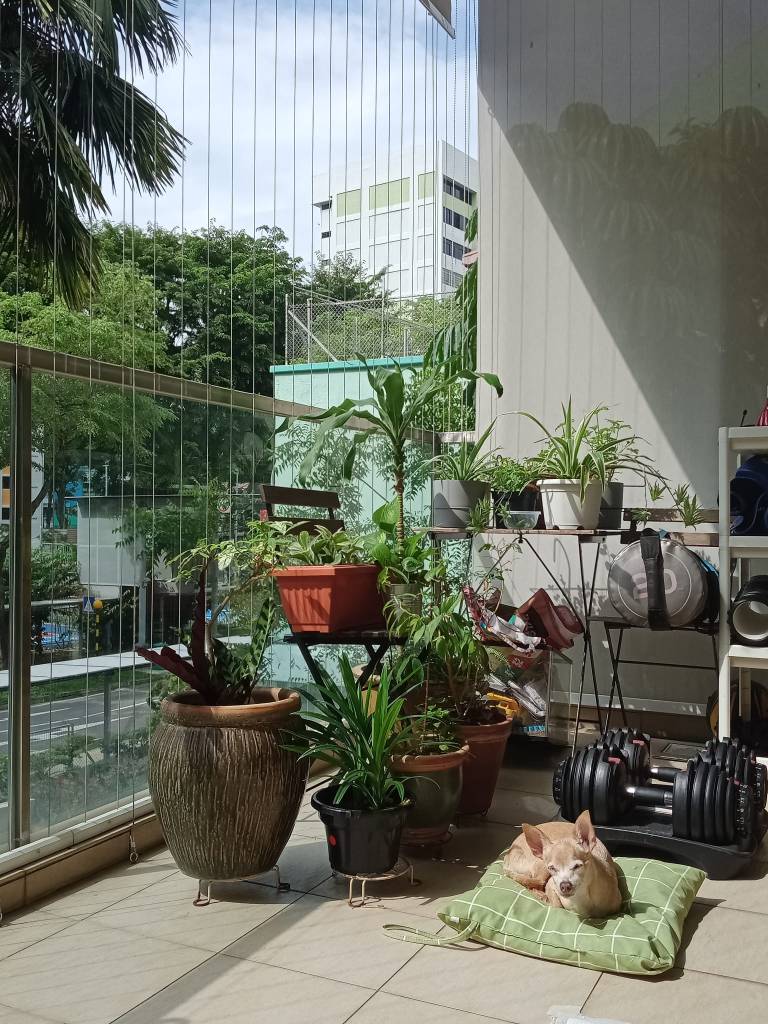I always thought of ‘open learning’ and ‘open access’ as making educational resources freely available to all online and was thrown completely off balance after hearing Maha Bali speak at our ONL webinar about OER as ‘Self’. Maha Bali and Susan Koseoglu argue for a broader understanding of open educational resource (OER) that goes beyond “educational materials and tools” to include the “processes and products of open scholarship”. They also further argue for an understanding of OER as ‘Self’ or identity, for “openness as a worldview” or “openness as a state of being in the world – and not necessarily in a digitized world”. They highlight four possible ways of engaging with the world as an OER: 1. Being an “editable person” who is willing to listen and change; 2. Undertaking “narrated practice” or being transparent about our processes; 3. Embracing vulnerability which would include the sharing of incomplete ideas and allowing others see us as “who we are” and our “authentic identities”; 4. Participating in knowledge negotiation (e.g. open conversations about developing ideas) instead of only “polished knowledge sharing” (e.g. journal publications).
This idea of OER as identity very interesting and timely as I have been thinking a lot about the role of an academic lately—as educator, writer, and learner. Our ONL discussion webinar with Kiruthika Ragupathi and Alastair Creelman further explored how such openness would influence how we relate to students, other academics, and other institutions. As an ‘open’ academic, one could share materials, feedback, and ideas with other educators in one’s own institution as well as those in other institutions. As an ‘open’ educator, one could adapt the course syllabus in response to students’ needs and interests, listening and observing more than speaking. One could prioritize inculcating ‘openness’ in students and creating a safe classroom environment that encourages the sharing of imperfect thoughts and works in progress. As an ‘open’ writer, one’s writing could speak to not just academics within one’s discipline but also researchers in other fields and the public. One could engage with issues of public interest, speak and write boldly with courage and conviction. As an ‘open’ learner, one could take charge of one’s continuous learning and accept the struggle and time needed to learn something new. It is alright to be not ‘good’ at something. This is of course difficult in a culture that emphasises productivity and achievement over effort and process. As Bali and Koseoglu recognise, power differentials also impact one’s ability to be ‘open’. This is very true. To what extent is one able to adopt an identity and practice that deviates from the scripts and goals set by those in power?
In our PBL group discussions about openness, one theme that emerged was the importance of knowing how to locate and evaluate the accuracy and quality of information in the online sea of information. ‘How to know’ skills are more important than ‘what to know’. Our group facilitator (thanks Miriam!) pointed us to a fascinating article by Seymour Papert on the art of learning. Papert observes that ‘how to know’ or “the art of learning” is currently an “academic orphan” in our current education system and culture. He highlights mainstream education practices and assumptions that neglect or undermine effective learning, such as the insistence on speedy task completion though deep learning requires time and “thinking about the problem”. His article discusses several ‘how to know’ conditions (e.g. having discussions, real needs vs abstract problems, finding interconnections, dividing up the problem to solve it in parts). It also made me think about failing as an important part of the learning process, about the need to learn how to deal with the psychological fall-out of failure and get back up again. We don’t recognise this enough as educators and learners. Instead, most continue to emphasise ‘excellence’ (e.g. grades, rankings) and ‘productivity’.
In his article, Papert describes his foray into ‘flower literacy’ (recognising and naming of flowers). At first, he struggled to remember the complicated flower names and match them to the flowers, but with time, he gradually found himself gaining mastery over ‘flower literacy’ through conversations with others and by drawing interconnections with other areas he found interesting. This made me think about my own attempts at plant care over the past five years. At the start, I was puzzled at why all my plants kept dying despite my constant and even frantic attention. I was a helicopter plant parent, rushing around our apartment placing pots with withering plants in different spots in desperate attempts to revive them, under the fan, first in the light, and then away from the light. Slowly, I started sharing about my failures and getting tips from friends with green fingers, home-based plant sellers, and plant shop employees. I accepted that some casualties were necessary. I read up more about plant care and was especially interested in plants safe for pets, connecting plant care to care of our little aging chihuahua Tiny who continues to have a habit of chewing on plants. After months of moving pots around our apartment, and after observing where our new neighbours placed their flourishing garden on their balcony, I finally found a spot on ours that was just right. My plant care journey has taken quite a bit of time and research, many conversations, and more than some tears.
Today, the little green corner on our balcony is a source of much joy for me (and our dog Tiny). It is also a reminder of the ups-and-downs of my learning journey.
 Tiny enjoying the sunshine in the green corner of our balcony, October 2021.
Tiny enjoying the sunshine in the green corner of our balcony, October 2021.